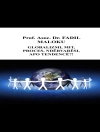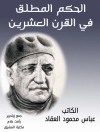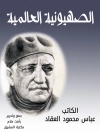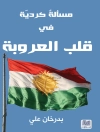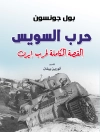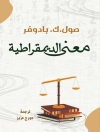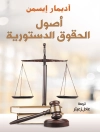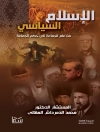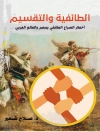Remembering Diversity in East-Central European Cityscapes
Based on up-to-date field material, this issue focuses on the palimpsest-like environments of East-Central European borderland cities. The present shapes and contents of these urban environments derive from combinations of cultural continuities and political ruptures, present-day heritage industries and collective memories about the contentious past, expressive material forms and less conspicuous meaning-making activities of human actors; they evolve from perpetual tensions between the choices of the present and the weight of the past. The contributors address a set of key questions: What is specific about the transnationalization of memory in these urban public spaces? What are the political rationales and ramifications of the different approaches taken to the legacies of perished population groups in different cities? How do these approaches relate to European dimensions of memory and the ‘European vector’ of identity-making of the contemporary urban populations?
Over de auteur
Andreas Umland, M.Phil. (Oxford), Dr.Phil. (FU Berlin), Ph.D. (Cambridge), Research Fellow at the Swedish Institute of International Affairs in Stockholm, Senior Expert at the Ukrainian Institute for the Future in Kyiv, and Associate Professor at the National University of Kyiv-Mohyla Academy.


